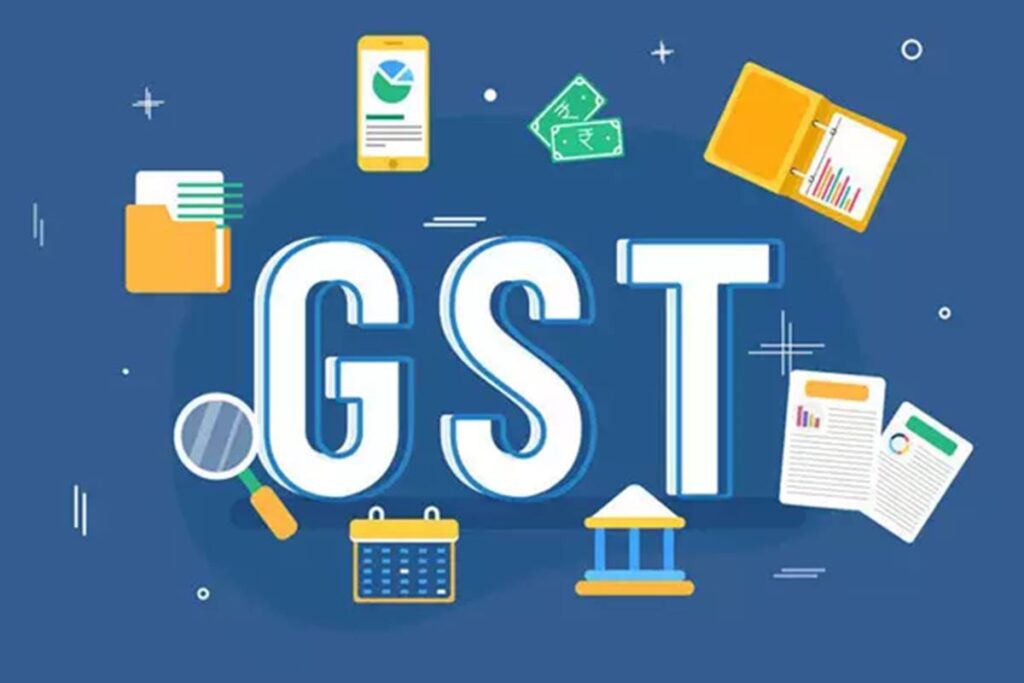GST on Delivery Charges
Shipping charges are applicable when goods are shipped (transported or delivered) to a buyer or an end-user. The seller adds this charge to the bill (to be borne/paid by the buyer). If the product in question is taxable, then there will be a tax on the shipping charges, too, depending on the rate of tax. […]









